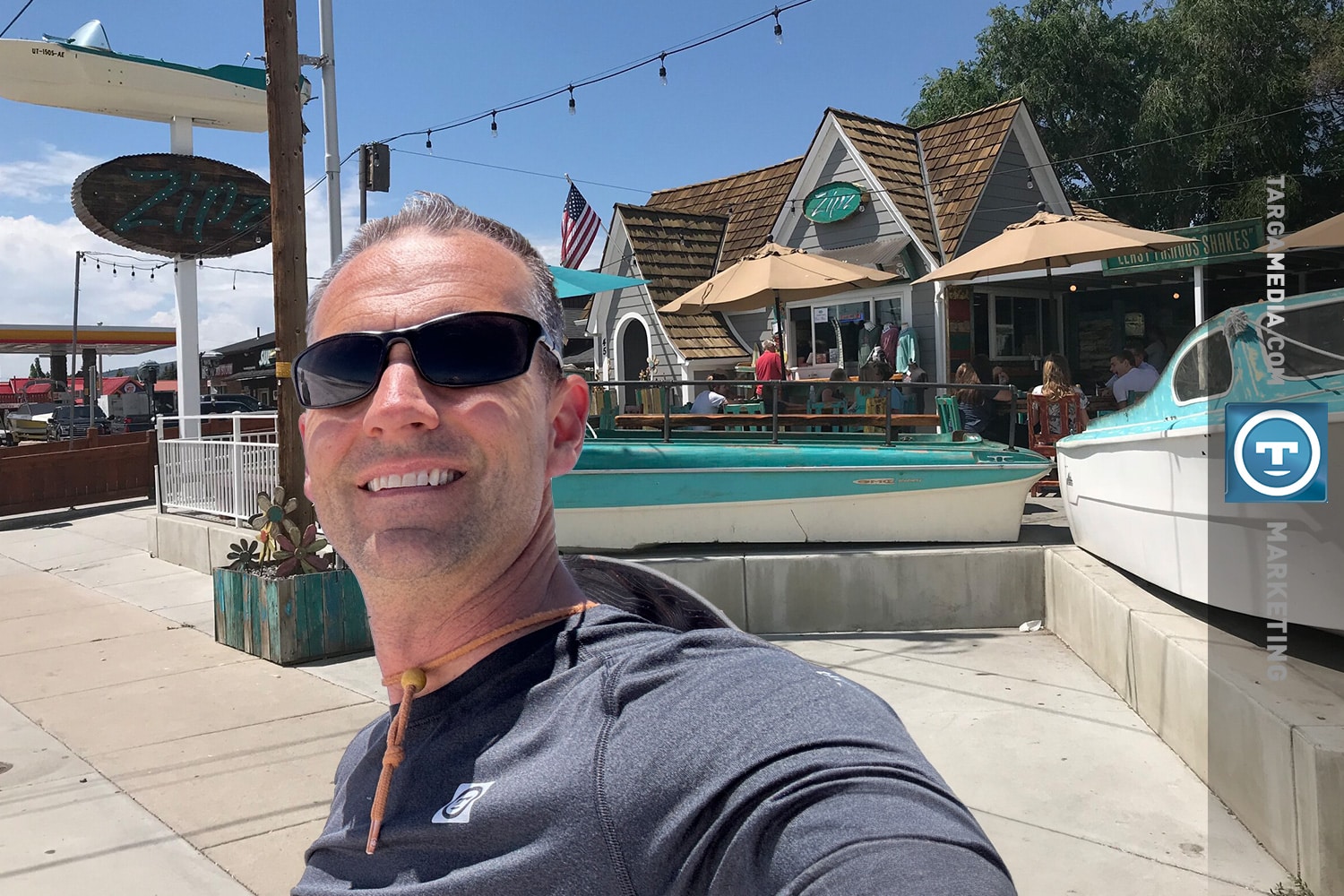

Ryan Snarr
Content Lead
Messaging with a Customer Focus
Perhaps you’ve heard this tale before:
In a quaint little village, three shoemakers had shops on the same street. One day, the first shoemaker put up a sign in front of his shop that read, “The Best Shoemaker in the Country.”
Not to be outdone, the second shoemaker, a few doors down, put up a sign that read, “The Best Shoemaker in the World.”
The third shoemaker, who was more modest but clever, thought for a moment and then put up his own sign. His sign simply read: “The Best Shoemaker on This Street.”
This little story underscores what we all know deep inside about marketing messaging—It is all about the customer. It also illustrates that noisy marketing spaces tend to result in companies shouting mostly about themselves. We see claims and features matched by more claims and more features. Is the key to success the maximum number of features, bells and whistles for the price?
Customers care more about themselves than they care for your company
On so many different levels, we’re all a bit self-consumed. Abraham Maslow explained this across 5 different categories (Physiological Needs, Safety, Social, Esteem, Self-actualization) within his hierarchy of needs pyramid. What customers buy reflects their aim to satisfy a need within one of those categories.
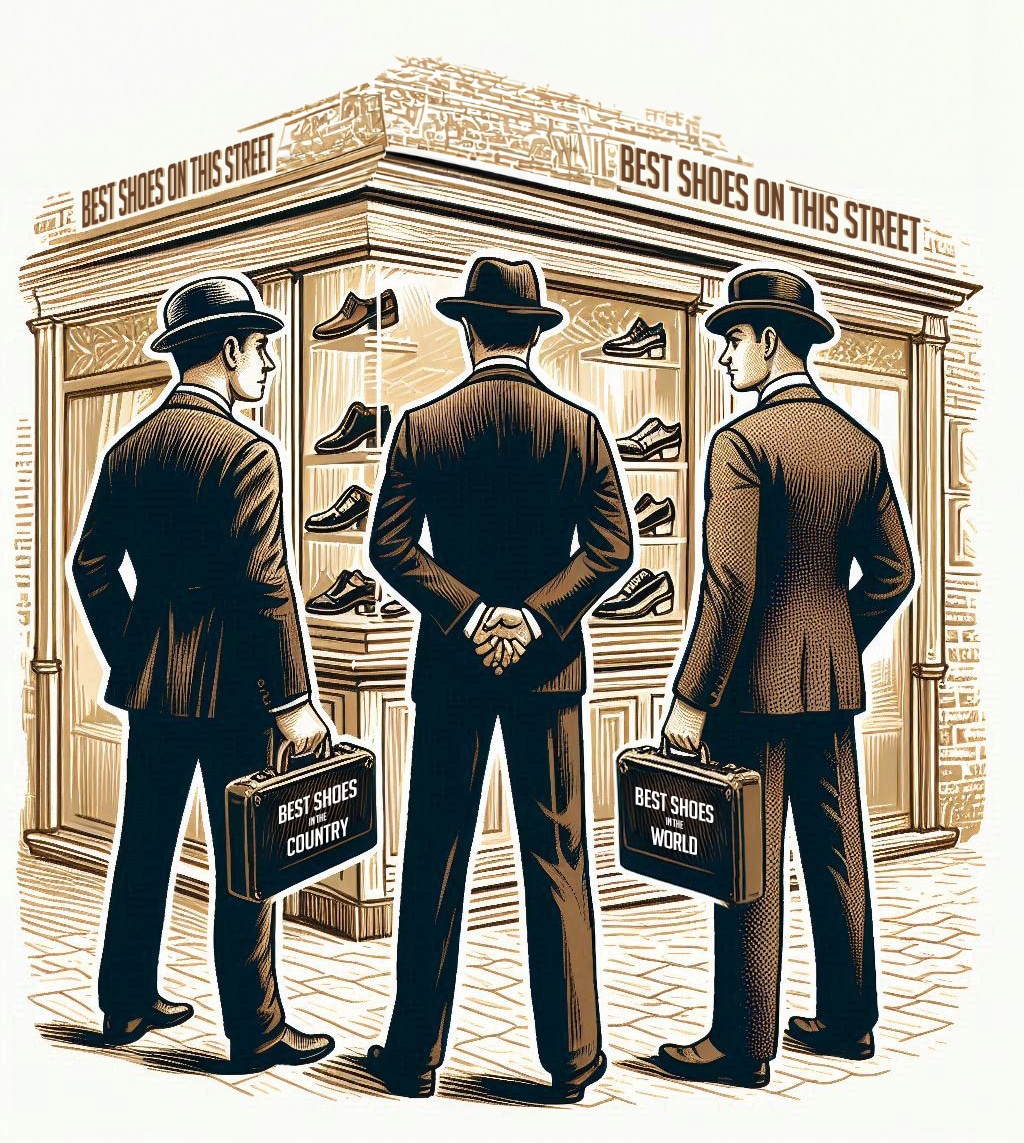
It may seem like customers care primarily about a brand or a product when they are willing to stand in long lines overnight for a product release; however, one must look past the product and recognize what the brand message or the product is promising. This is what the customer cares about. A customer doesn’t love their Apple watch more than they love the efficiency, style, and prestige the product promises. That kind of purchase has nothing to do with a device that tells the time. Instead, the purchase is about how it will make the customer feel.

Famous vs. least famous
A favorite real-life example of mine that parallels the story of the three shoemakers is on full display every summer off the shores of Bear Lake in Garden City, UT. This is a favorite destination for my family each year, and our visit is never complete without a stop at Zipz for a delicious raspberry shake. Within 100 yards of Zipz, there are probably about a half dozen other food vendors leading out with raspberry shakes in their marketing messaging. So why do I keep going back to Zipz for my shake? Perhaps it is because they are ‘Least Famous’.
This playful, tongue and cheek tagline, resembles the reverse psychology I’ve playfully practiced since grade school.
It is perfect since it is right across the street from Le Beau’s, the first established shake shack in town (operating ‘famously’ for over 40 years).
Zipz’s little tagline may have gotten my attention, but their story holds it, and connects me to my story. Everything around Zips is stylishly recycled, upcycled or reclaimed. Fences are made of old water skis, old ads and news articles decorate table tops, old boats have been repurposed as table seating, and the building itself once was a tired old house built in 1925. Rather than tear the building down, Zipz brought it to life and opened its doors in 2014.
I’m a hero to my kids when we go there (especially when we get the boat seating), and it’s a nostalgic trip in many ways. To me, Zipz’s brand message promise has more to do with my memories (past, present and future) than shakes, fries, or burgers. This is why I’ll continue to go back.
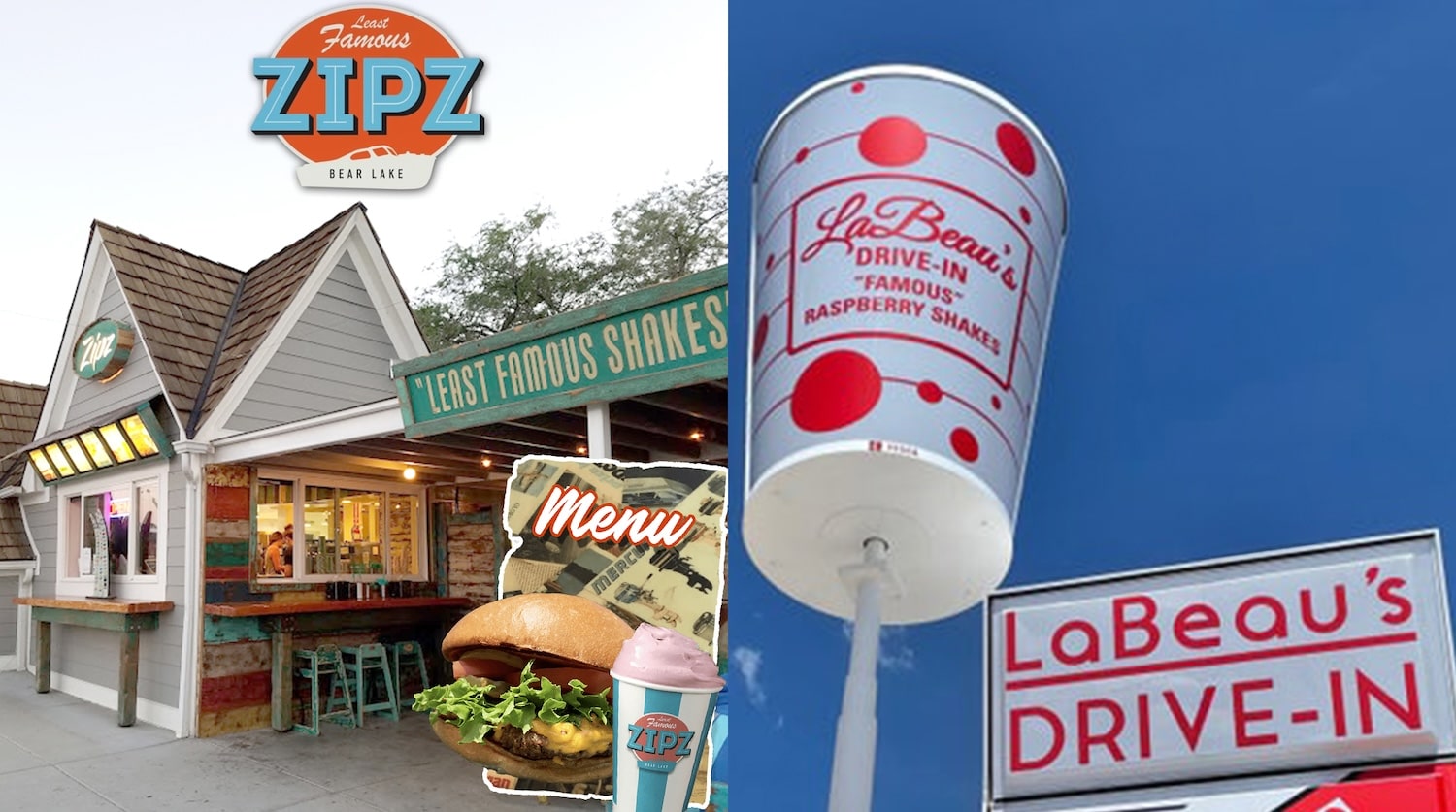
Building a story brand
Messaging with a customer focus isn’t new, but it appears to be something to revisit frequently within any organization since the needs of customers are constantly evolving. New York Times Best Selling author Donald Miller presents a framework in how to get this done in his book ‘Building a Story Brand’. In these pages, Miller suggests that companies must identify the ‘hero’s journey’ their customers are experiencing and aim to play a supporting/guide role within it.
Companies should aim to be the Yoda rather than the Skywalker, or the Doc Brown rather than the Marty McFly. Miller’s Story Brand outline shows how companies can keep customer messaging as its highest priority.
- A character (your customer)
- Has a problem (customer’s unfulfilled need)
- And meets a guide (you/your company)
- Who gives them a plan (your company’s promise)
- And calls them to action (your company’s product in use)
- That ends in success (customer’s needs successfully met at or above expectation)
- That helps them avoid failure (the uncomfortable alternative of living with unmet needs)
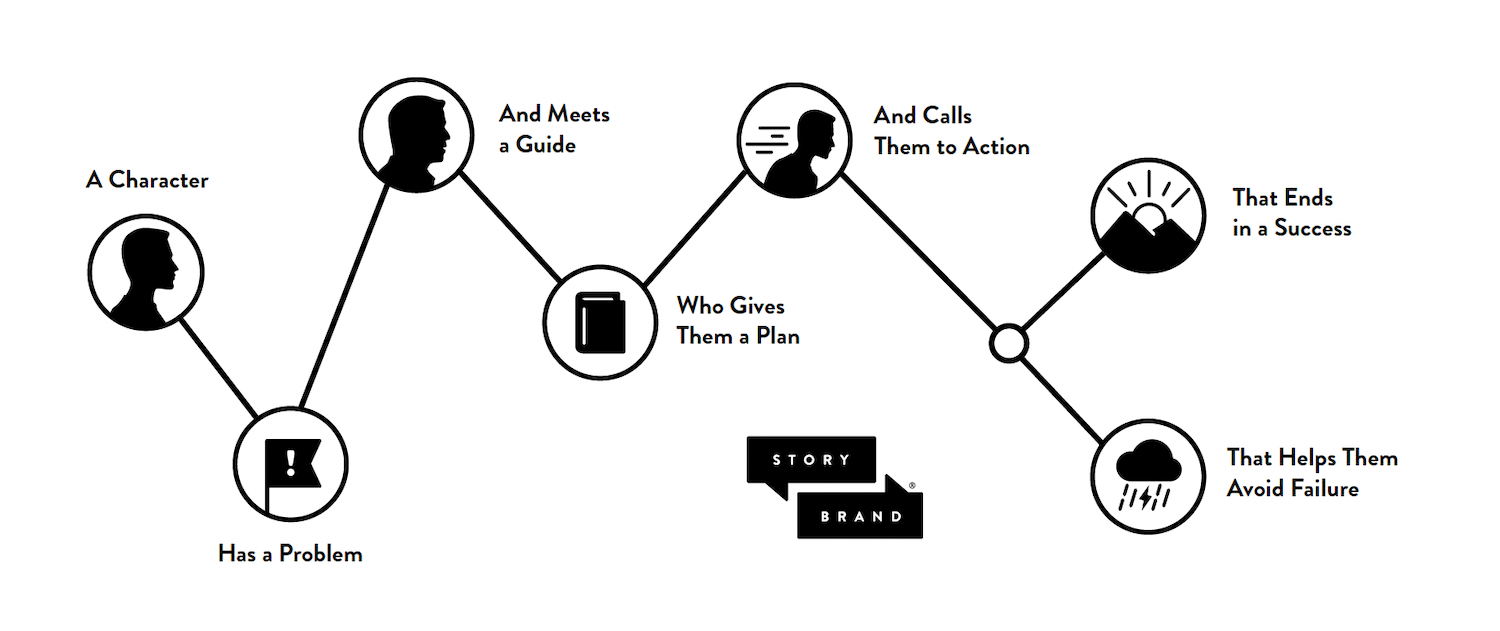
Every single movie, from Top Gun to Toy Story, moves along this formula. It is natural and comfortable for your customer to do so as well. It’s what they are secretly hoping for! All that is required is for companies to know their guide/mentor role within their customer’s story.
Not too big, not too little… just right
At Targa Media, we pride ourselves in knowing our identity. We’re in the business of making marketing professionals the rock star within their organization.
We play a supporting role like the best supporting actor in the movie. We’re the pulley system in a heavy lift. We recognize the value that big ad agencies and freelancers bring to the marketplace. We’ve carved out a niche of being skilled brand stewards vs. global brand architects. We operate swiftly and efficiently in our own lane while admiring the boundless structure of independent artisans and freelancers.
Our brand promise is centered around fueling our customers’ momentum by assisting them in their day-to-day juggle of marketing to their customers. Within our customers’ hero journey, we’re the extra hands appearing in response to the ‘All hands on deck’ call.
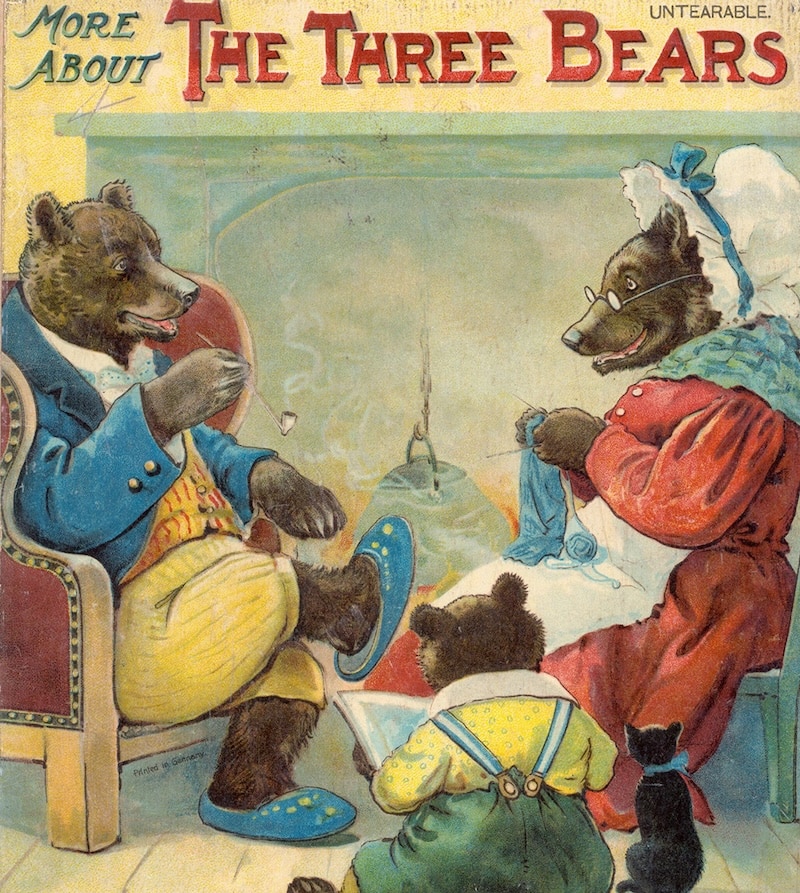

Conclusion
So what hero’s journey is your target customer currently experiencing? How can you appear in their path as a viable mentor? Studying the likes of Doc Hudson, Mr. Miyagi, Albus Dumbledore, Goose, and Wilson the volleyball may help drum up some ideas. Recognizing the needs your organization satisfies will inevitably bring you closer to your customers. Making your marketing message about them and filling their needs is the key to ultimately riding off into the sunset.
